Hey fellas.
An old friend of mine just got this rifle as payment for a job. He (or the giver) doesn't know anything about it, and he's wondering if he made out like a begger or a bandit.
On the phone he called it a 1943 42 swede. I'm guessing based on the pics it's an AG42 B, but that's about all I can guess.
Any ideas about it? How can he confirm the year? What's a ball park value?
Any info is appreciated!!
Hopefully he'll get some help and realize how useful this whole "internet" fad is, and join the forum himself.
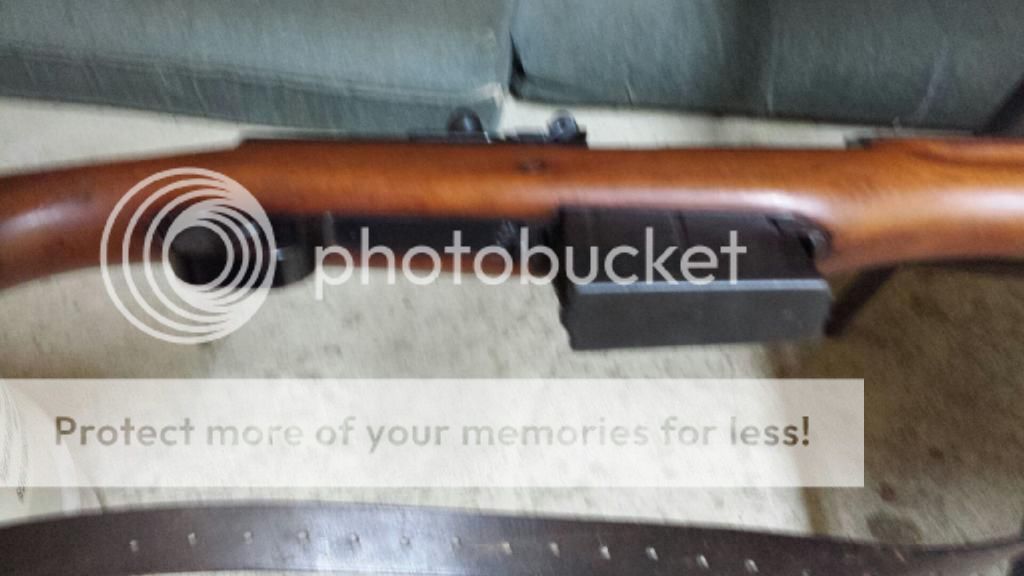

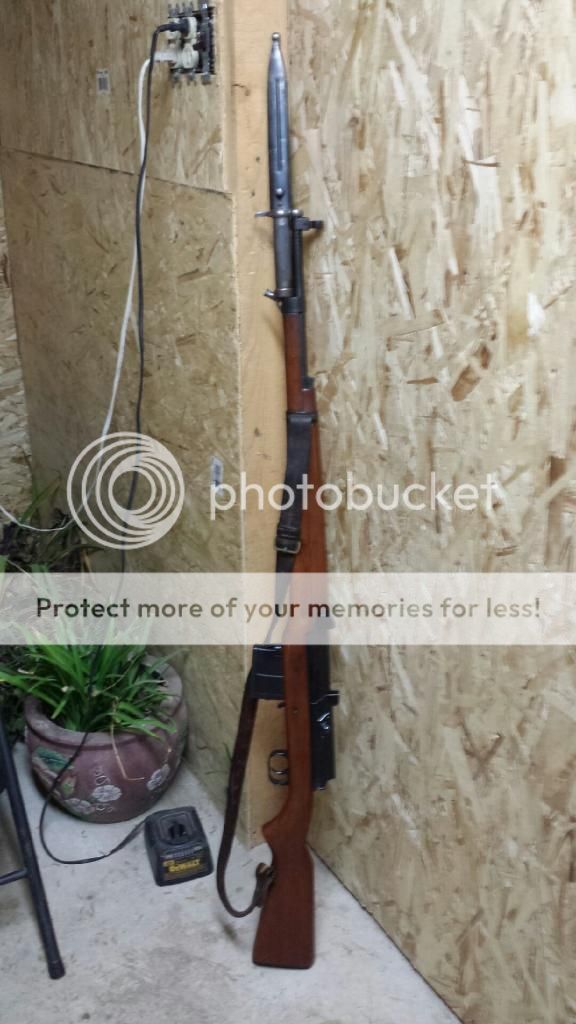



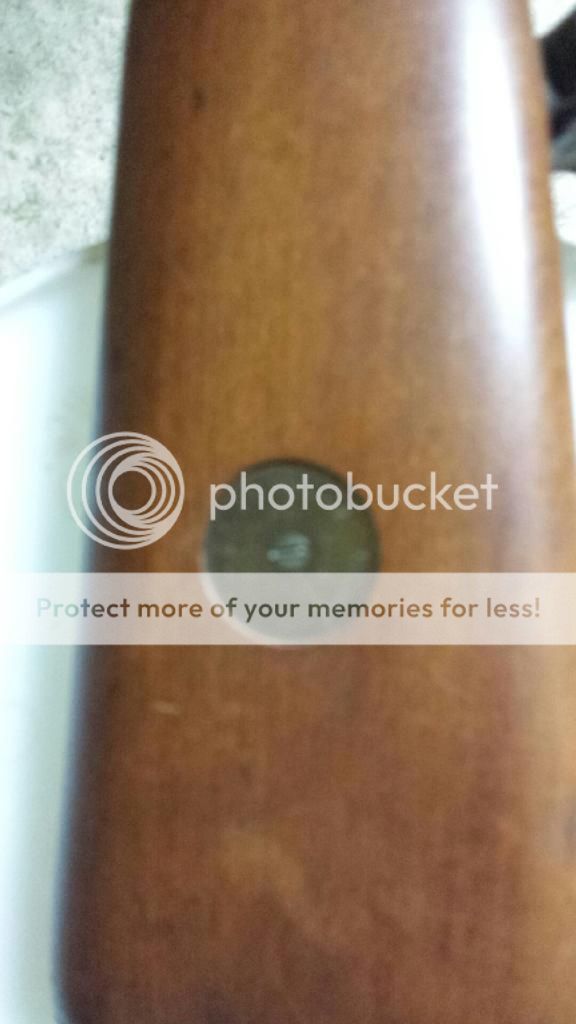
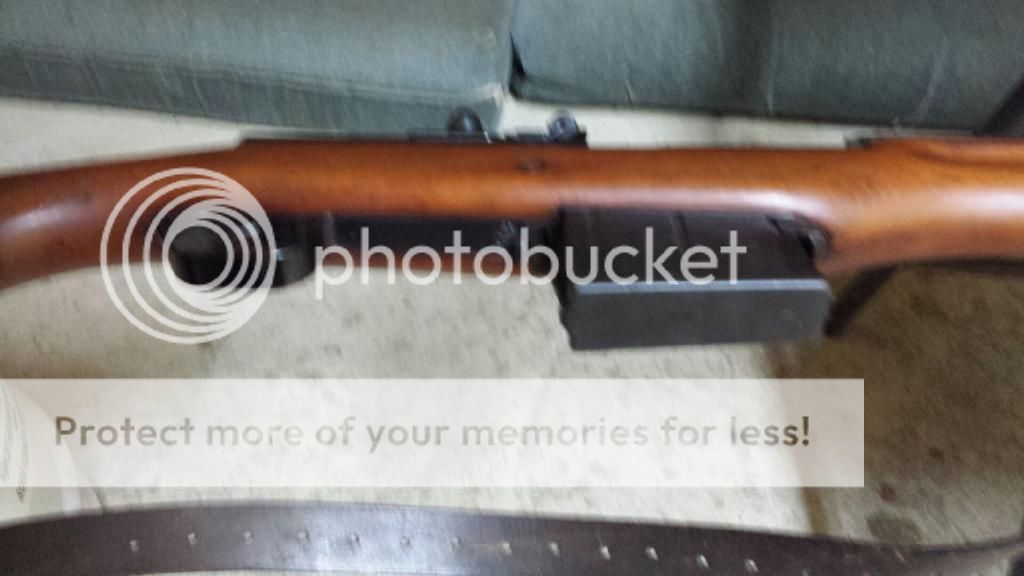
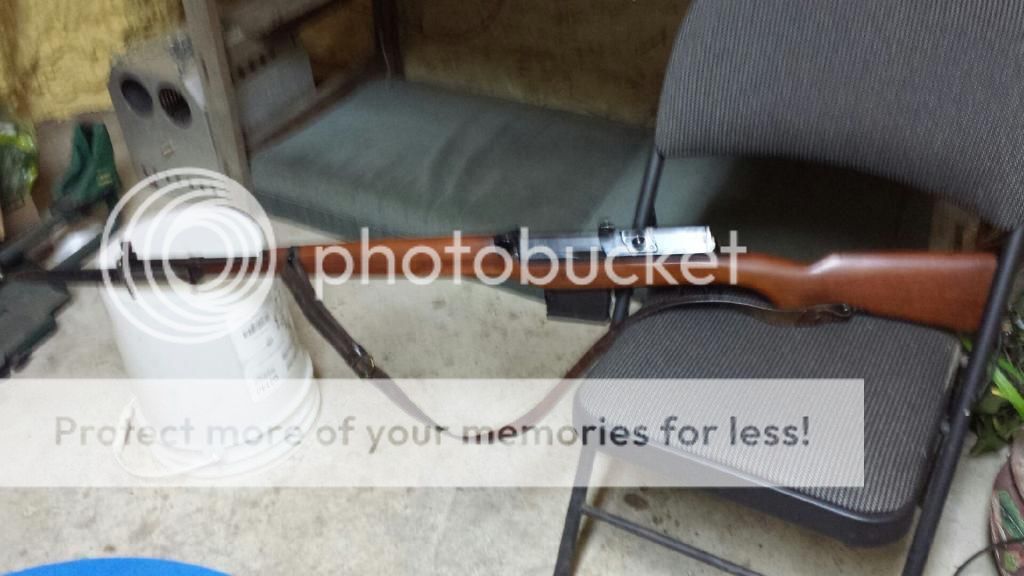
Sorry for the pic quality. Maybe the guns worth enough that he can sell it and buy a camera?
An old friend of mine just got this rifle as payment for a job. He (or the giver) doesn't know anything about it, and he's wondering if he made out like a begger or a bandit.
On the phone he called it a 1943 42 swede. I'm guessing based on the pics it's an AG42 B, but that's about all I can guess.
Any ideas about it? How can he confirm the year? What's a ball park value?
Any info is appreciated!!
Hopefully he'll get some help and realize how useful this whole "internet" fad is, and join the forum himself.









Sorry for the pic quality. Maybe the guns worth enough that he can sell it and buy a camera?






































































